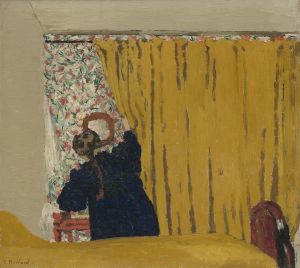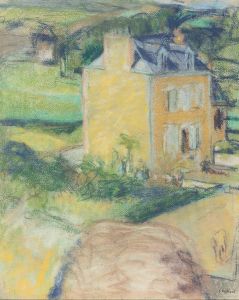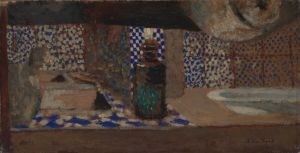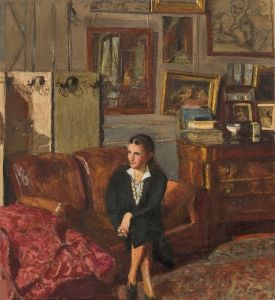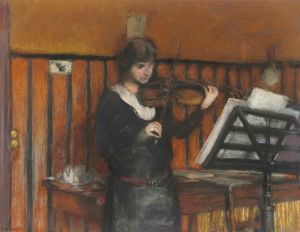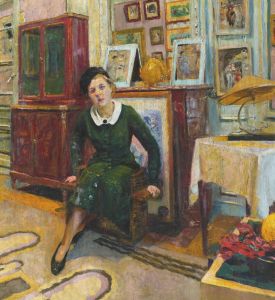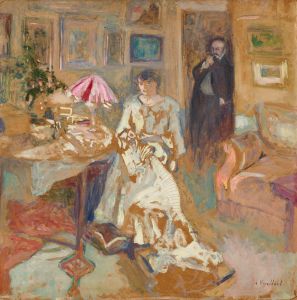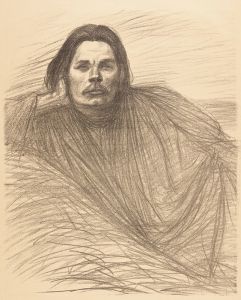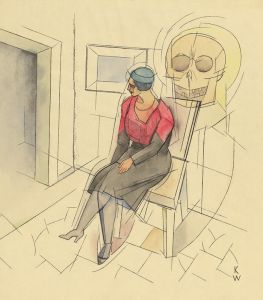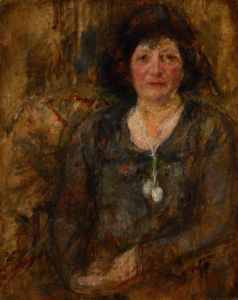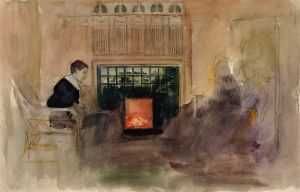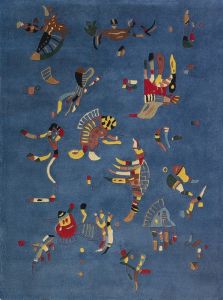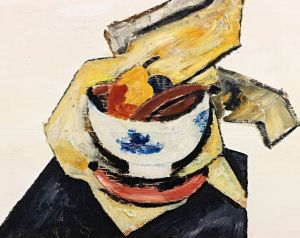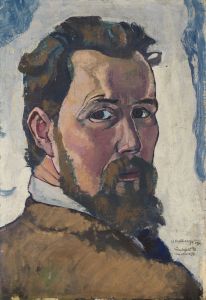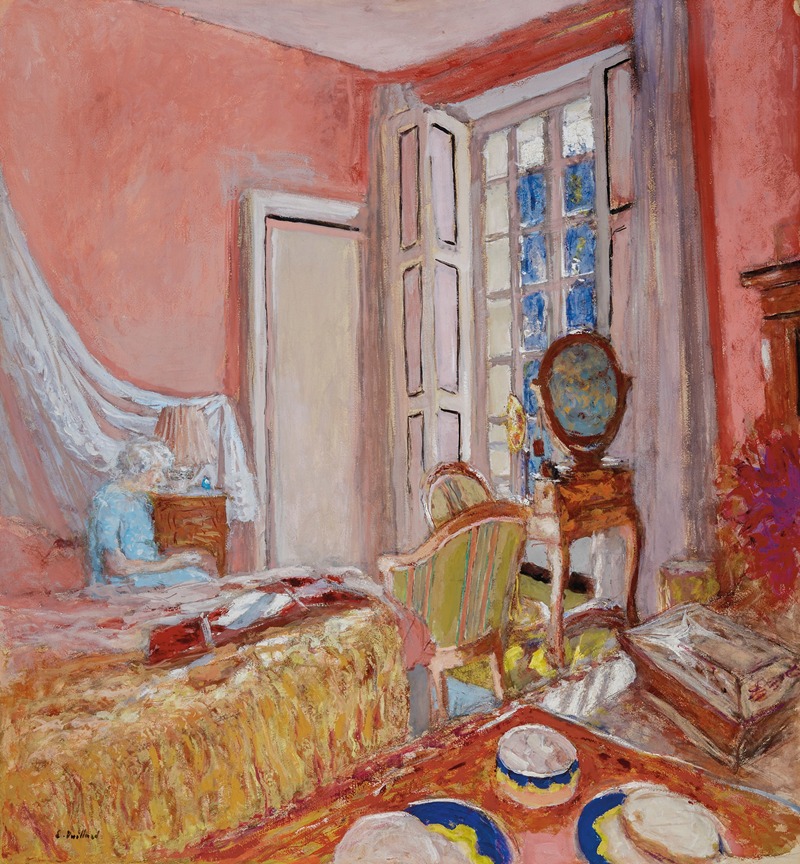
Madame Hessel dans la chambre rose aux Clayes
A hand-painted replica of Édouard Vuillard’s masterpiece Madame Hessel dans la chambre rose aux Clayes, meticulously crafted by professional artists to capture the true essence of the original. Each piece is created with museum-quality canvas and rare mineral pigments, carefully painted by experienced artists with delicate brushstrokes and rich, layered colors to perfectly recreate the texture of the original artwork. Unlike machine-printed reproductions, this hand-painted version brings the painting to life, infused with the artist’s emotions and skill in every stroke. Whether for personal collection or home decoration, it instantly elevates the artistic atmosphere of any space.
"Madame Hessel dans la chambre rose aux Clayes" is a painting by the French artist Édouard Vuillard, a prominent figure associated with the Post-Impressionist movement and the Nabis group. Vuillard is renowned for his intimate domestic interiors and his ability to capture the subtleties of everyday life through his art. This particular painting exemplifies Vuillard's distinctive style, characterized by its rich textures, intricate patterns, and a warm, muted color palette.
Édouard Vuillard was born on November 11, 1868, in Cuiseaux, France. He studied at the Académie Julian and the École des Beaux-Arts in Paris, where he became associated with the Nabis, a group of avant-garde artists who sought to break away from the traditional academic art of the time. The Nabis were influenced by Symbolism and sought to incorporate spiritual and emotional elements into their work, often using bold colors and decorative patterns.
"Madame Hessel dans la chambre rose aux Clayes" features Misia Godebska Natanson Edwards Hessel, a prominent figure in the Parisian art world and a muse to many artists of the time. Misia was known for her beauty, charm, and her role as a patron of the arts. She was married to Thadée Natanson, the editor of the influential magazine "La Revue Blanche," and later to Alfred Edwards and then to Joseph Hessel. Her relationships with these influential figures placed her at the center of the artistic and literary circles of Paris.
The painting is set in a domestic interior, a common theme in Vuillard's work. The "chambre rose" or "pink room" at Les Clayes, a location associated with the Hessel family, provides a warm and intimate setting. Vuillard's use of color and pattern creates a harmonious and tranquil atmosphere, inviting the viewer into the private world of the subject. The artist's attention to detail and his ability to convey the texture of fabrics and the play of light in the room are notable features of the painting.
Vuillard's technique often involved the use of distemper, a type of paint made by mixing pigments with a water-based binder, which allowed him to achieve a matte finish and subtle gradations of color. This technique is evident in "Madame Hessel dans la chambre rose aux Clayes," where the soft, diffused light and the delicate interplay of colors contribute to the overall mood of the piece.
Throughout his career, Vuillard remained committed to exploring the themes of domesticity and the intimate spaces of everyday life. His work offers a glimpse into the private worlds of his subjects, capturing moments of quiet reflection and the beauty of the mundane. "Madame Hessel dans la chambre rose aux Clayes" is a testament to Vuillard's skill as a painter and his ability to evoke emotion and atmosphere through his art.
Vuillard's contributions to the art world have been recognized and celebrated in numerous exhibitions and retrospectives. His work continues to be studied and appreciated for its unique blend of realism and abstraction, as well as its ability to convey the essence of a moment in time. "Madame Hessel dans la chambre rose aux Clayes" remains an important example of Vuillard's artistic legacy and his enduring influence on the world of art.





